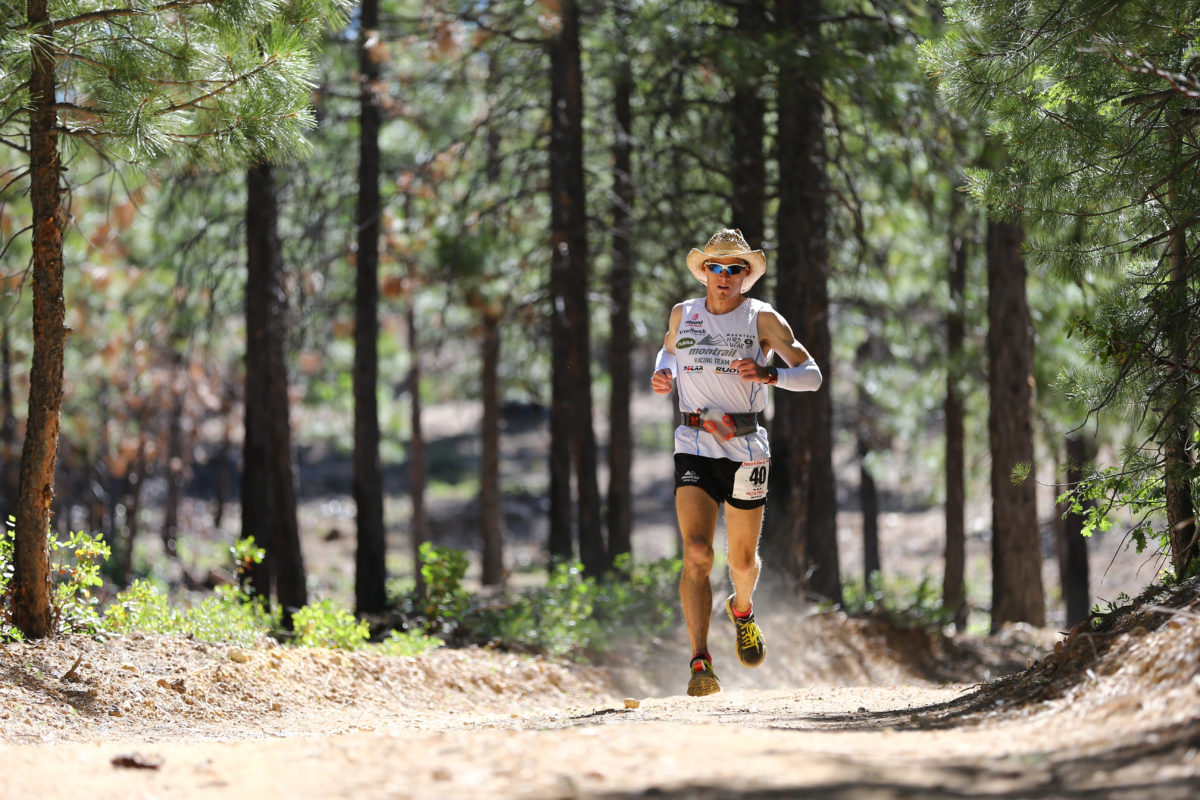Every Race is a Puzzle

Every race is a puzzle. You throw all the pieces out on the table and see if you can put them together in the correct spots to make something awesome. With a puzzle, you will come out with a beautiful work of art, or in my household, Princess Anna and Queen Elsa. When you fit together all the pieces that go into a race, you come out with a beautiful performance that some might even liken to a work of art when it’s executed to such perfection.
When the pieces are out on the table it’s your job, or a coach’s, to fit them together into a training program that will prepare you to fill those last holes on race day, easily and efficiently. The training is the foundation of the puzzle, and the border that you build makes the meat of the puzzle easier to finish.
I always go into longer ultra races with this philosophy and sometimes I nail it – pieces flying around, sliding perfectly into their respective spots to form a masterpiece. Other times I come out with a jumbled mess that leaves me ragged and throwing the puzzle pieces across the room. Determined to start over, I eventually find and pick up all the little pieces of myself.
The four corner pieces are your volume, nutrition, recovery, and strength work. Each edge can be filled in as you work on these four foundational pieces approaching race day. If you’ve done all that correctly, the rest of the puzzle should go smoothly, piece by piece, one foot in front of the other.
Of course as you build, you have key pieces that are necessary to make that process more efficient. During a race it might be hitting a time goal halfway and feeling good, staying on top of your nutrition, or making that big decisive move on your competition. As the race progresses, the hardest pieces are left for the end and sometimes you struggle to get them to fit but eventually, you finish.
Then there are those races that you will never figure out. They frustrate you year after year, and you’re always re-examining how to fit those puzzle pieces together into the right spots. There is a race that has dogged me for three years. I’ve taken three cracks at the Lake Sonoma 50-miler using three different tactics, and no matter how I approach it I’m always struggling the last 15-20 miles, often sitting in one of creeks that cross the trail watching as my competition runs by. These are the types of races that you learn the most from, however. They make you go back to the drawing board, re-think your strategy to building that puzzle, and try new things.
Every once in awhile you will have those races that just go so flawlessly you’re left staring at a such a performance where you don’t really know what just happened. It’s almost as if the puzzle pieces were flying into position using telepathic super powers.
Then there are the races that may take a bit of time to figure out but when you do, you feel a lasting sense of accomplishment in having figured out a difficult problem. Last year I wrote about the Comrades Marathon in South Africa. The history and culture of that race were amazing, but my race certainly left something to be desired. Going into this year it was more about business, putting all the pieces together to become successful. I wondered if this would be the year I figured out the puzzle, or if I would be picking up all the little jumbled pieces once again.
The Comrades race “puzzle” had a few elements that needed to happen in order to get all the pieces to fit. First there was the training. Last year I’d only built half of the border, and then jumped into the middle of the race without a solid foundation. This year, I made sure that the borders were in place before trying to put those middle pieces together.
Once the border was built, there were a few key pieces of the race that I had to execute in order to complete the puzzle. I had to run my own race, letting the leaders go early in return for a quality last half. I needed to feel good through the 50K mark so my legs could withstand the next 20K of downhill. And my nutrition needed to be spot on to hold the intensity that I would need for the last half.
During the race, the pieces fit together. Everything executed according to plan, and I was relying on my training foundation to finish it off. The last 10K however, was brutal. These last puzzle pieces were extremely difficult, and took a bit more time to execute than I would have preferred. But once they did, I crossed the finish line in 8th place with a time of 5 hours and 37 minutes. Figuring out the puzzle of a race that has eluded you in the past will give you an undeniable sense of accomplishment.
Build the border during training for a good foundation, and you’ll make the rest of the race puzzle a little easier to complete. Think about each piece and how it fits with the one next to it – a hard workout next to a recovery day, a good night’s sleep, and healthy eating habits next to a quality mileage week. This will help set you up to fill in the middle of your puzzle with all the pieces coming together as you put one foot in front of the other, mile for mile during that next race. And always keep in mind that you can flip that board over and start again at any time.
